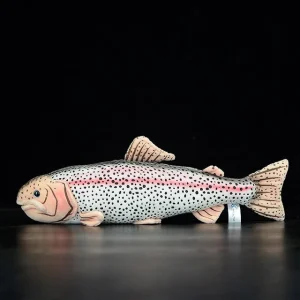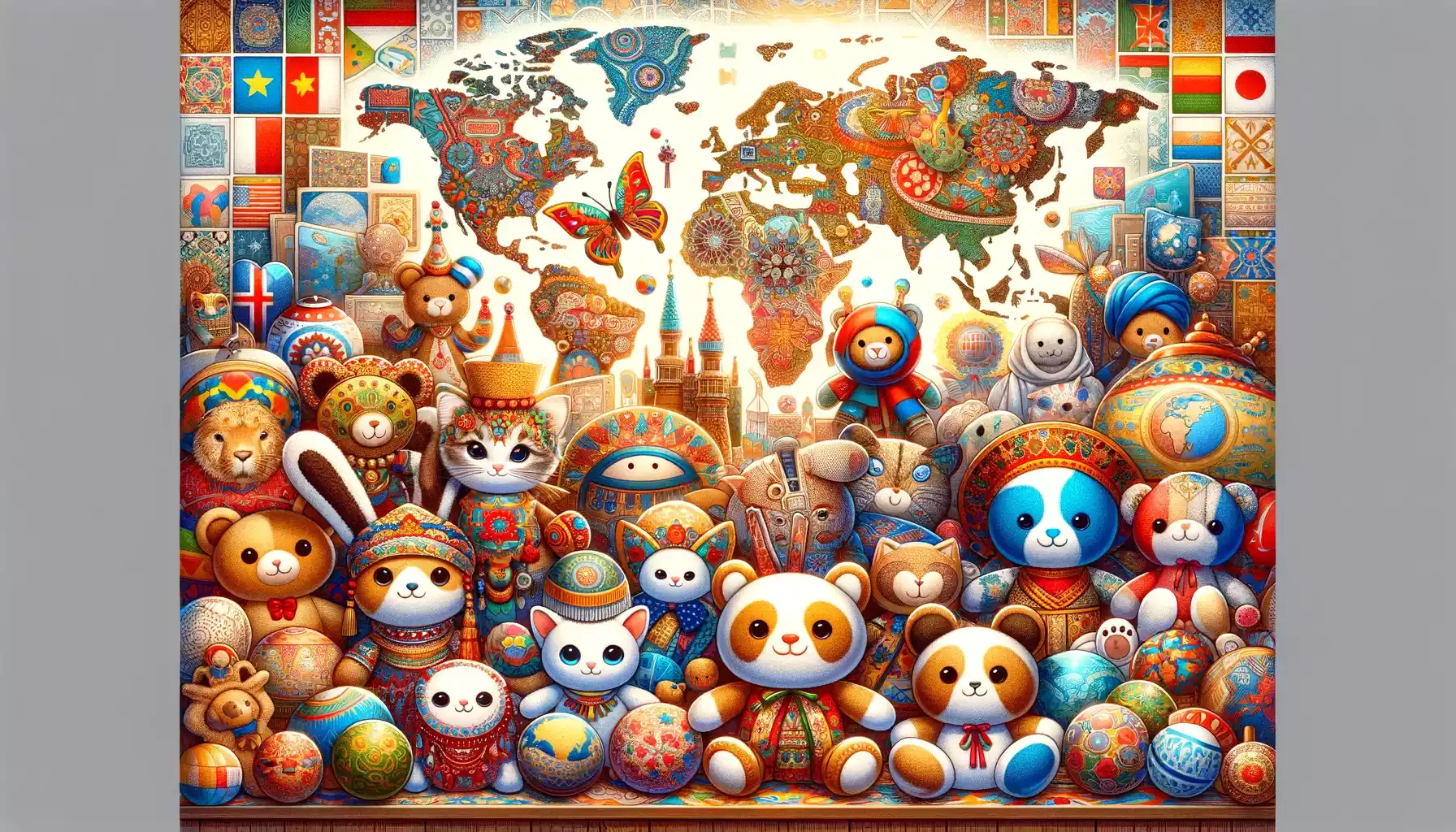Plush toy design is heavily influenced by cultural themes, encompassing traditional folklore and contemporary pop culture, which are intricately woven into each toy’s aesthetic and narrative elements.
How do cultural themes impact the design process of plush toys and shape children’s understanding of diverse cultures?
The interplay between cultural influences and plush toy design significantly impacts how children engage with and learn about the world around them.
Key Takeaways
Cultural Themes in Plush Toy Design
- Plush toy design encompasses various cultural themes, spanning traditional folklore and contemporary pop culture, showcasing the vibrant diversity of global cultures.
- Symbolism, narrative, and historical influences seamlessly converge in plush toys, offering children a playful avenue to explore and comprehend various cultural identities and values.
- This enhances their play experience and nurtures an admiration for the allure of cultural diversity, immersing children in diverse traditions and stories compellingly.
Traditional Folklore and Mythology Influence
- Integrating traditional folklore and mythology into plush toy design enriches the imaginative world of children’s playthings with cultural depth and richness.
- Drawing on centuries-old stories and characters imbues the toys with a timeless quality, fostering a deep connection to cultural heritage.
- By infusing plush toys with elements from traditional folklore, designers offer children a glimpse into cherished narratives, sparking their imagination and cultural exploration.
- Mythical creatures such as dragons and unicorns in plush toy design carry symbolic significance rooted in ancient tales, elevating the play experience with depth and meaning.
Modern Pop Culture Inspirations
Plush toy design draws immense inspiration from various modern pop culture sources. This includes popular movies, TV shows, video games, viral memes, and social media trends. All of these contribute to a rich tapestry of influences.
Iconic characters from beloved video games, popular movies, and TV shows heavily influence design trends in plush toys. These characters capture the public’s imagination and play a significant role in shaping plush toy designs.
Besides movies, TV shows, and video games, influential celebrities and musicians inspire plush toy designs. Nostalgic throwbacks to 90s and early 2000s pop culture further enrich the tapestry of modern pop culture inspirations for plush toy designs.
Useful Links:
Pop Culture Impact
Considering the extensive influence of modern pop culture, plush toy designs draw inspiration from a wide range of sources, including popular TV shows, movies, video games, social media trends, viral memes, influential figures in music, sports, and entertainment, as well as collaborations with contemporary artists and brands. This enables them to resonate with current trends and interests, engaging a diverse audience.
- TV Shows and Movies: Plush toy designs intricately reflect beloved characters and iconic themes from popular TV shows and movies, effectively catering to the varied interests of fans across different genres.
- Video Games: Plush toy designs skillfully feature characters and elements from well-known video games, effectively appealing to the vibrant and passionate gaming community.
- Social Media Trends and Memes: Plush toy designs cleverly incorporate references to viral memes and current social media trends, connecting with the dynamic online culture and delighting consumers in a playful and engaging manner.
Design Trends
- The modern plush toy designs show a strong influence from diverse pop culture elements such as popular movies, TV shows, and video games, along with retro and nostalgic themes from past decades.
- In contrast, traditional plush toy designs draw inspiration from classic characters and traditional storytelling.
- Modern designs emphasize minimalist aesthetics and sleek, streamlined shapes, while traditional designs are known for detailed and intricate designs.
- Sustainability is a growing trend in modern plush toy design, with a focus on eco-friendly materials and ethical production practices, whereas traditional designs have limited use of eco-friendly materials.
| Aspect | Traditional Design | Modern Design |
|---|---|---|
| Inspiration | Classic characters and traditional storytelling | Popular movies, TV shows, video games, and internet culture |
| Aesthetics | Detailed and intricate designs | Minimalist and sleek shapes |
| Sustainability | Limited use of eco-friendly materials | Emphasis on eco-friendly materials and ethical production |
Influential Characters
- Plush toy designs, inspired by modern pop culture icons, hold a significant role in encapsulating the essence and appeal of beloved characters, resonating with audiences across all age groups.
- What plays a vital role in capturing the essence and appeal of beloved icons, contributing to their popularity among audiences of all ages? Plush toy designs based on modern pop culture characters.
- Which iconic figures serve as inspirations for plush toy designs? Superheroes and animated icons, recognizable and beloved, making them popular choices for plush toys aiming to capture their essence.
- Why does character merchandise based on modern pop culture characters have a high demand? Due to the widespread popularity and relevance of these characters.
- What can successful plush toy designs inspired by influential modern pop culture characters become? Coveted collectible items for fans and enthusiasts, further contributing to their appeal.
Symbolism and Storytelling in Design
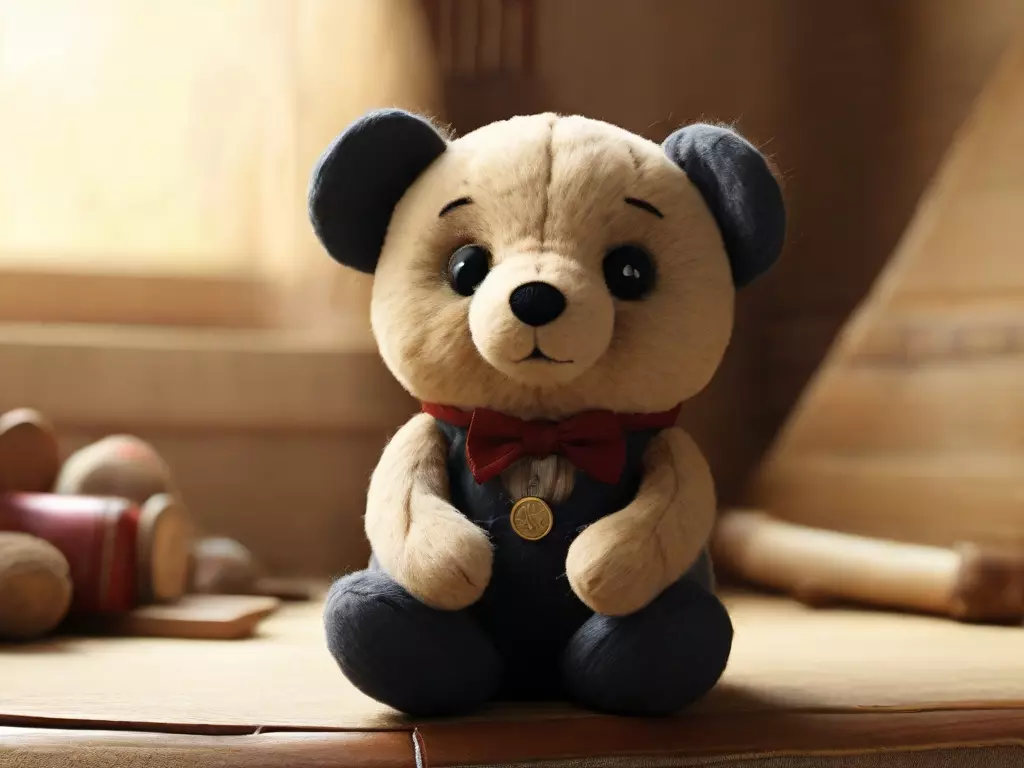
The integration of symbolism and storytelling in plush toy design enriches the play experience for children, fostering imaginative and empathetic engagement.
Plush toys utilize storytelling techniques to convey meaningful narratives, encouraging emotional engagement and creative play in children.
Drawing inspiration from folklore, mythology, and literature, designers infuse their creations with depth and significance, allowing children to connect with diverse cultural traditions and values.
This approach not only enriches the play experience but also contributes to the development of children’s empathy and understanding of different cultures.
Incorporating symbolism and storytelling in plush toy design becomes a powerful tool for nurturing children’s appreciation for meaningful stories and characters, fostering a sense of connection and understanding of the world around them.
Cultural Identity in Plush Toys
- Incorporating cultural elements into plush toy designs enriches the storytelling experience and introduces children to diverse traditions and values.
- This is achieved by integrating traditional clothing representing different heritages, using folklore storytelling to convey cultural myths and legends, and depicting diverse family structures within plush toy designs.
- By visually representing various customs and practices through traditional clothing, plush toys enable children to learn about different cultural heritages.
- Folklore storytelling in plush toy design introduces children to a rich tapestry of myths and legends, fostering an appreciation for diverse storytelling traditions from around the world.
- Additionally, representing diverse family structures in plush toys promotes inclusivity and understanding of different family dynamics and values.
Global Traditions Reflected in Toys
Toys worldwide embody a diverse range of cultural values, traditions, and current trends, influencing their design and themes in distinct ways. Traditional crafts, indigenous characters, and cross-cultural collaborations are evident in toy design, demonstrating the impact of global traditions.
The following comparative list showcases how these elements are manifested in toys from various cultures:
- Traditional Crafts: Japanese origami-inspired plush toys
- Indigenous Characters: Stuffed animals with traditional attire inspired by the Inuit culture
- Cross-Cultural Collaborations: Incorporation of diverse cultural characters by Disney
These examples vividly illustrate the integration of traditional crafts, indigenous characters, and cross-cultural collaborations into toy design, reflecting the diverse tapestry of global traditions.
These toys not only celebrate and preserve cultural heritage but also foster cross-cultural appreciation and understanding.
Diversity in Plush Toy Themes
- Embracing inclusivity: Plush toy themes should prioritize inclusivity by featuring characters representing diverse ethnicities and backgrounds, promoting representation, and teaching children about diversity.
- Global cultural influences: Incorporating symbols, artifacts, and influences from various cultures into plush toy designs celebrates the richness of different heritages and traditions, fostering a global mindset in children.
Inclusive Toy Characters
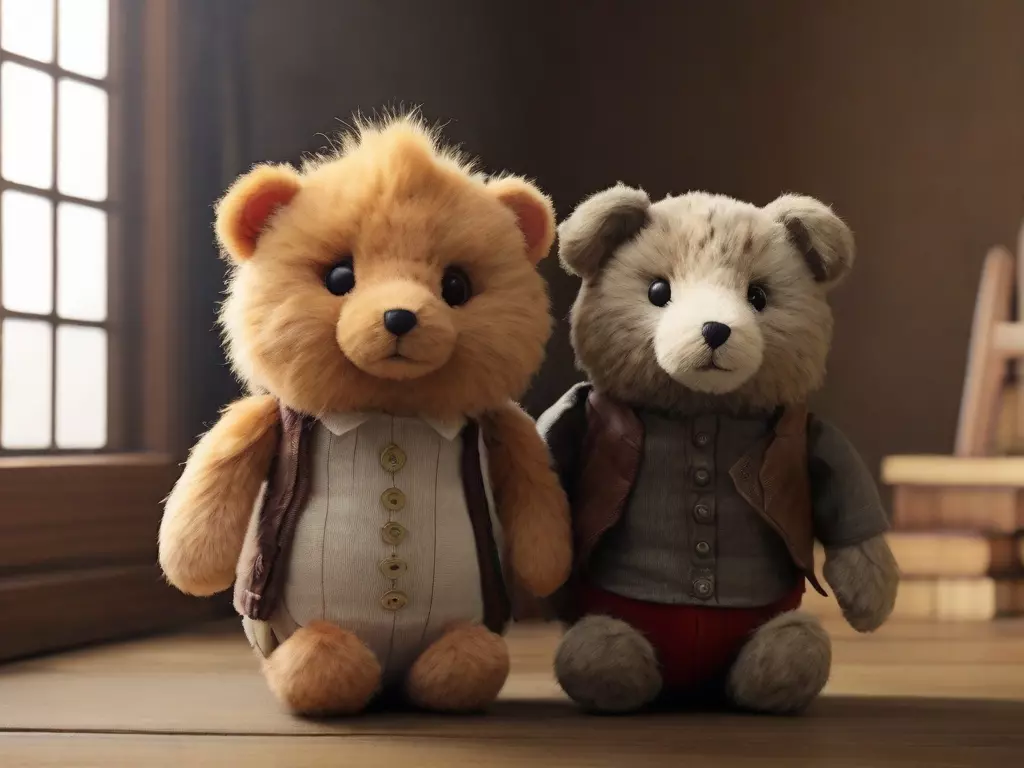
- Inclusive plush toy characters embody a diverse range of ethnicities, cultures, and physical abilities, authentically representing the vibrant spectrum of children’s experiences and identities.
- Creators design these characters by incorporating various skin tones, hairstyles, and clothing styles to reflect the real-life diversity of children.
- The characters also include individuals with disabilities or medical conditions, fostering understanding and empathy among children.
- Plush toy designers celebrate cultural inclusivity by crafting characters from different cultural backgrounds, highlighting traditional crafts, folklore, and customs.
- This promotes awareness and gives children a sense of representation and belonging, nurturing positive self-image and empathy towards others.
- Embracing inclusive toy characters in plush design reflects the world’s diversity and encourages children to appreciate and celebrate multiculturalism.
Global Cultural Influences
- Plush toy creators draw inspiration from a diverse array of global influences, infusing cultural inclusivity into their designs and shaping themes with elements from various traditions and popular trends.
- Cultural fusion is evident as plush toy themes reflect a blend of traditional symbols, mythological themes, and festive celebrations from different parts of the world.
- Cross-cultural collaborations have led to the exchange and adoption of plush toy themes, resulting in a rich tapestry of design influences.
- This cross-cultural marketing approach has allowed for the representation of diverse cultural values and heritage through plush toy themes.
- Media and entertainment play a significant role in shaping plush toy preferences, influencing themes and characters based on popular cultural icons.
- Pop culture references and global collaborations have also influenced and shaped plush toy themes, incorporating popular cultural icons and cross-cultural partnerships.
- The table below illustrates the diverse global influences on plush toy themes.
| Cultural Influence | Description | Example |
|---|---|---|
| Traditional Symbols | Incorporation of cultural symbols and traditions | Chinese New Year themed plush toys |
| Mythological Themes | Depiction of folklore and mythological creatures | Greek mythology-inspired plush toy characters |
| Festive Celebrations | Representation of cultural festivals and events | Diwali-themed plush toy collection |
| Pop Culture References | Incorporation of popular cultural icons | Superhero-themed plush toys |
| Global Collaboration | Cross-cultural partnerships and design influences | Collaborative plush toys from different cultures |
Representation in Plushies
- Introducing cultural diversity in plush toy themes elevates children’s play experiences by authentically reflecting many global traditions, nurturing inclusivity through representation.
- How does introducing cultural diversity in plush toy themes enhance children’s play experiences?
- By representing various cultures, plushies serve as educational tools, enlightening children about diverse traditions, thus fostering cultural sensitivity and understanding.
- In what ways do plush toys representing various cultures contribute to children’s learning experiences?
- Plush toy designs that highlight diverse ethnicities and backgrounds empower children to embrace their own cultural identity while cultivating an appreciation for others.
- How do plush toy designs contribute to children’s understanding of cultural diversity and identity?
- Engaging in cultural storytelling through plushies allows children to immerse themselves in narratives worldwide, effectively promoting inclusivity and empathy.
- What benefits does cultural storytelling through plushies offer to children?
- By integrating representation in plushies, creators play a crucial role in preserving and educating about different cultures, ensuring children are exposed to a broad spectrum of cultural experiences through their toys.
- How do creators contribute to cultural preservation and education through plush toy representation?
This approach entertains, educates, and fosters cultural awareness among children, creating a meaningful and enriching play environment.
Cultural Values Embedded in Plush Toy Designs
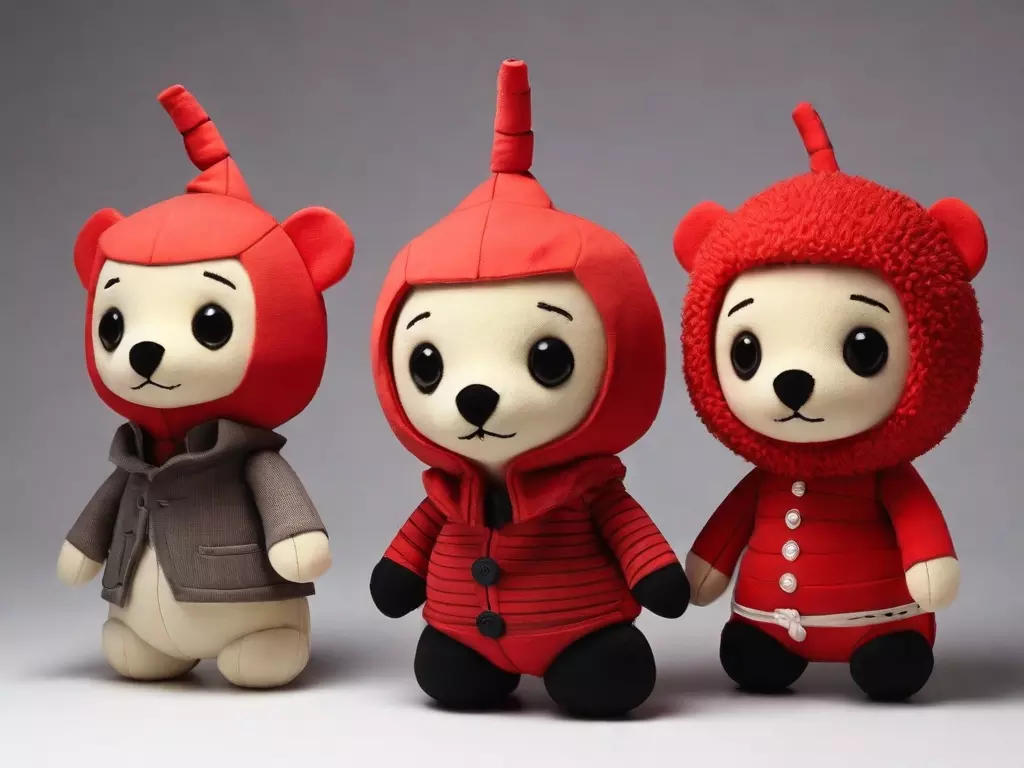
- Reflecting Societal Norms, Traditions, and Trends: Plush toy designs intricately incorporate cultural values, shaping children’s play experiences and fostering diverse representations.
- Traditional Customs: Designs reflect age-old cultural practices, such as Japanese kimonos on traditional dolls.
- Cultural Storytelling: Incorporating narratives from specific cultures, like Native American folklore on plush toys.
- Symbolic Representation: Symbols convey cultural significance, exemplified by Chinese dragons symbolizing strength.
These elements not only serve as essential tools for identity and representation but also provide children with a meaningful connection to diverse cultures, promoting empathy and understanding.
Influences on Plush Toys in History
- Plush toys, tracing their origins back to the 19th century, have been shaped by diverse cultural, societal, and technological factors.
- Drawing from Traditional Folklore and Mythology: Plush toy designs derive inspiration from traditional folklore and mythology, embodying cultural narratives and legends passed down through generations.
- Reflecting Historical Gender Norms: Throughout history, plush toy designs mirror historical gender norms, aligning certain toys with specific genders, mirroring societal expectations and perceptions of childhood roles.
- Evolution as Educational Tools: Plush toys have evolved into educational aids, integrating elements to foster learning in areas such as STEM, language, and creativity, reflecting the historical transformation of toys from simple playthings to valuable educational resources.
Indigenous Cultural Representation
- Collaborative partnerships between Indigenous artists and communities and designers are crucial for ensuring respectful and authentic representation in plush toy design.
- The incorporation of traditional patterns and motifs serves to highlight traditional artistry and promotes awareness and appreciation of Indigenous cultures.
- Plush toy designs feature animals, traditional clothing, tools, and storytelling elements specific to Indigenous cultures, contributing to the preservation and celebration of traditional knowledge and values.
- By incorporating Indigenous cultural representation in plush toy design, children can learn about diverse Indigenous cultures in a fun and engaging way, fostering a deeper understanding of their significance.
Impact of Cultural Imagery on Toy Design
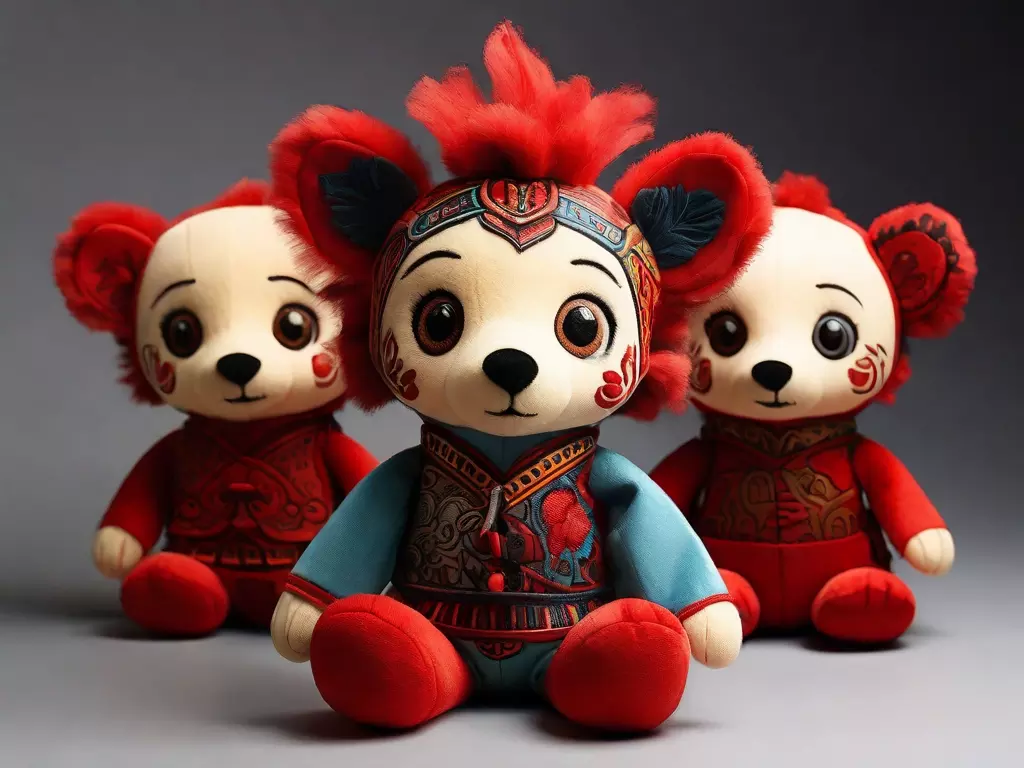
- Cultural symbols intricately intertwine with toy design, embodying the values and traditions of diverse communities, enriching the market with varied options and fostering a deeper connection to children’s cultural identity through play.
- Toys featuring cultural imagery not only provide diverse options but also nurture children’s understanding and appreciation of different cultures, enhancing their play experiences with a global perspective.
- The influence of heritage in toy design contributes to fostering cross-cultural understanding and appreciation, thus enriching children’s play experiences with diverse perspectives on a global scale.
Cultural Symbols in Design
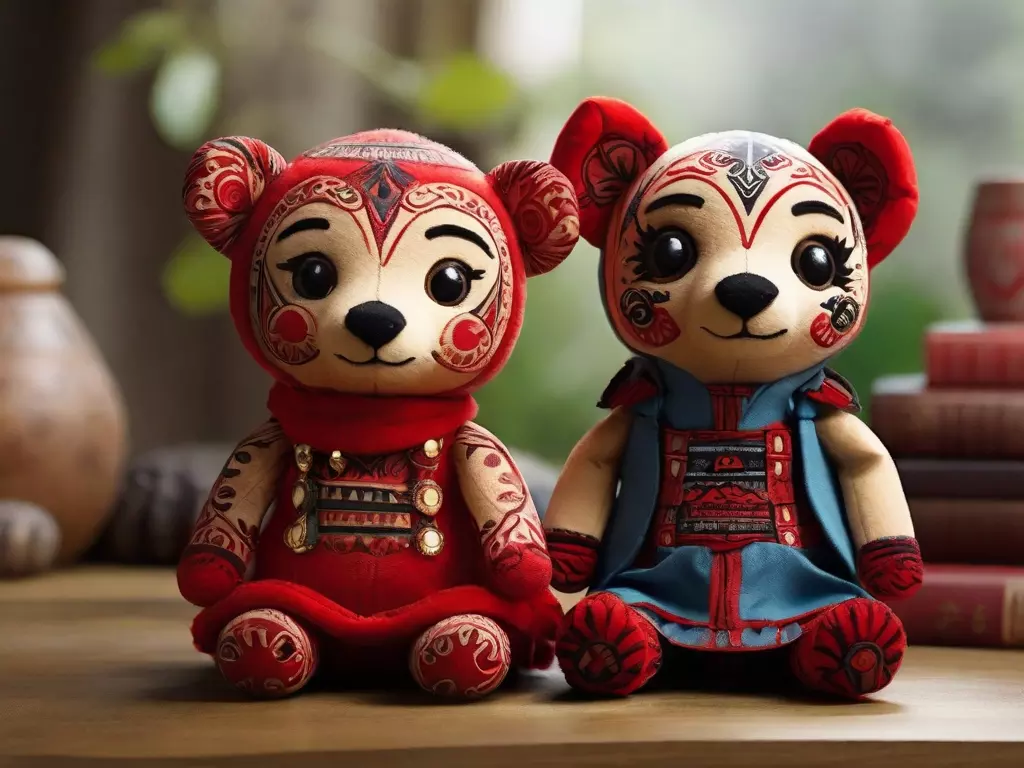
Incorporating cultural symbols in toy design enriches the play experience by shaping children’s perceptions and identities through tangible reflections of diverse societal narratives. Here are three impactful ways cultural symbols influence toy design:
- Representation: Cultural symbols in toy design serve as a means of representing diverse cultural backgrounds, allowing children to see themselves reflected in the toys they play with.
- Education: These symbols provide a platform for educating children about different cultures, traditions, and values, promoting cross-cultural understanding and empathy.
- Heritage Preservation: Integrating cultural symbols in toy design contributes to the preservation and celebration of heritage, fostering a sense of pride and connection to traditional narratives and collective identities.
The presence of cultural symbols in toy design not only enhances play experiences but also plays a crucial role in shaping children’s perspectives and fostering inclusivity.
Influence of Heritage
- The design of plush toys is influenced by cultural imagery, representing diverse backgrounds, traditions, and values to enrich the play experience and promote cross-cultural understanding and empathy.
- Plush toy design prominently reflects folklore, showcasing rich storytelling traditions of different cultures and intricately weaving cultural symbolism into their fabric.
- Incorporating traditional attire adorned with vibrant colors and intricate patterns, plush toy design celebrates the beauty and diversity of global heritage, preserving cultural identities and promoting inclusivity and appreciation for various cultural practices, beliefs, and traditions.
Global Market Appeal
- Incorporating varied cultural imagery into plush toy design enhances their global market appeal by creating familiarity and connection for children from diverse backgrounds.
- Thorough market research is essential to understand consumer preferences when choosing between traditional and contemporary designs, ensuring that the incorporation of cultural imagery is respectful and aligns with the target market’s desires.
- To address concerns of cultural appropriation, close collaboration with cultural experts and community representatives is crucial to authentically represent diverse cultures and avoid potential missteps.
- Embracing cultural imagery in plush toy design promotes cultural diversity and understanding among children, contributing to a more inclusive global market.
Frequently Asked Questions about Cultural Themes in Plush Toy Design
How do cultural themes impact the design process of plush toys?
Cultural themes in plush toy design encompass both traditional folklore and modern pop culture, influencing the toy’s aesthetics and narrative. This blending of cultural elements shapes children’s understanding of diverse cultures and enriches their play experience with various cultural identities and values.
What is the significance of traditional folklore and mythology in plush toy design?
Integrating traditional folklore and mythology into plush toy design brings cultural depth and richness to children’s playthings. It connects them to cultural heritage through timeless stories and characters, sparking their imagination and cultural exploration.
How does modern pop culture influence plush toy design?
Modern pop culture greatly influences plush toy design through sources like movies, TV shows, video games, and social media trends. Iconic characters and themes from these sources capture public imagination and significantly shape the design and appeal of plush toys.
What role does symbolism and storytelling play in plush toy design?
Symbolism and storytelling in plush toy design are powerful tools for nurturing children’s appreciation for meaningful stories and characters. They encourage emotional engagement, imaginative play, and a deeper understanding of different cultural traditions and values.
How do plush toys reflect and teach about cultural identity?
Plush toys incorporate cultural elements like traditional clothing, folklore storytelling, and diverse family structures. This introduces children to various customs and practices, enriching their understanding of different cultures and promoting inclusivity.


